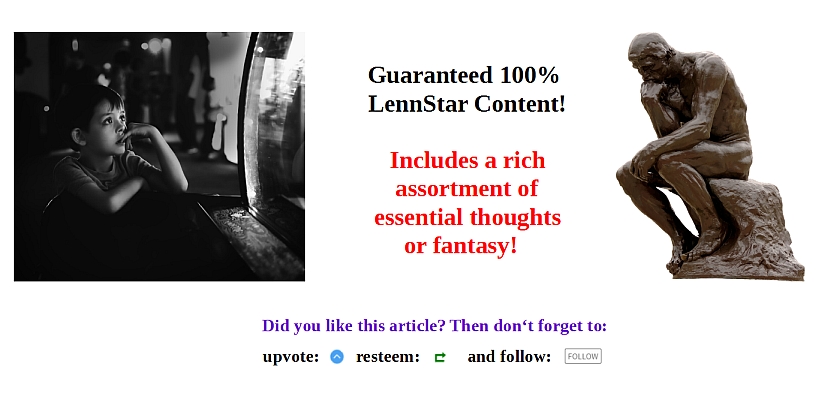The Subjective Danger – why it never disappears
We all know that our perceptions of reality are in many ways subjective. For a small child, a 30 year old man is old. For his father, the 30 year old son is a youngster.
Basically our brain thinks that what we are and what we experience day to day is normal, and more or less ignores it. The more uncommon something is, the more important – and potentially dangerous - it looks.
You can easily see this if you ask people about risks. Even in the year the airplanes crashed into the World Trade Center, several times more people died in car accidents than in the towers. Yet many people said flying was more dangerous.
In fact a study estimates that in the following years and month, because people tended to avoid flying and used their car instead, more people died additionally in traffic accidents than in the towers.
And every year people are saying that crime rates are soaring up, even if (depending on your country, but true for most) it is at or near the lowest rate ever recorded.
But the brain does not only play tricks on us when assessing risks. For “Social Justice Warriors” there seems to be no end of e.g. sexism. While this may be - quantitatively - true, it is definitely true that there is a lot less “quality” in the sexism.
It is no longer the majority opinion that women should not be allowed to work or drive a car. Still the “SJWs” claim there is blatant sexism everywhere.
But why is that so?
They have shifted their base point. The anti-sexism awareness has “grown up” and a certain action no longer looks non-sexistic or ambiguous, but sexistic.
This shifting is called “concept creep” and the interesting point is that is seems to even work for examples that are totally objective and not political at all.
Time for Dots
In an experiment, blue and purple dots where mixed. Participants were asked to tell if the dot was blue or purple. Then the occurrence of blue was reduced.
You should think that people call blue blue and purple purple even if it is changed how often the respective colors are appearing, right? But…
Levari et al. show experimentally that when the “signal” a person is searching for becomes rare, the person naturally responds by broadening his or her definition of the signal—and therefore continues to find it even when it is not there.
Looking evolutionary that makes sense. If you search for something to eat and don’t find anything, you search more and more until you find it, even if it stretches “edible” quite a bit.
For the one lost in the desert, close to collapsing from heat, even stinky water smells nice.
For a society though this is dynamite.
From low-level perception of color to higher-level judgments of ethics, there is a robust tendency for perceptual and judgmental standards to “creep” when they ought not to. For example, when blue dots become rare, participants start calling purple dots blue, and when threatening faces become rare, participants start calling neutral faces threatening.
This may (partially) explain the current canyon between the left and right in the US (and increasingly other states).
The “Republicans” literally cannot see the mountain high racism or sexism in their ranks. For them it is just voicing an opinion.
On the other side the “Democrats” cannot see the murdering, raping hordes of immigrants. For them they are just people wanting to not get killed.
Have you found “concept creep” happening to you?
paper (paywalled)





Sometimes human are complex, don't they?
Not sometimes. Always.
From another perspective, having complex thinking will push mankind forward.